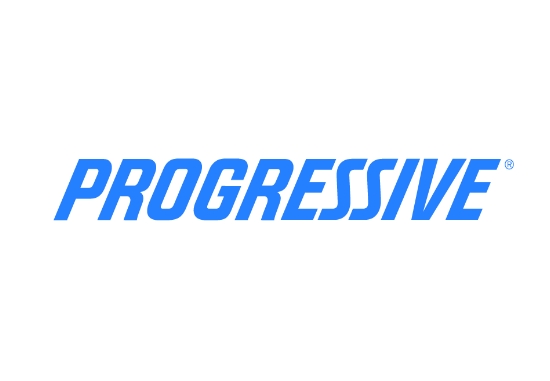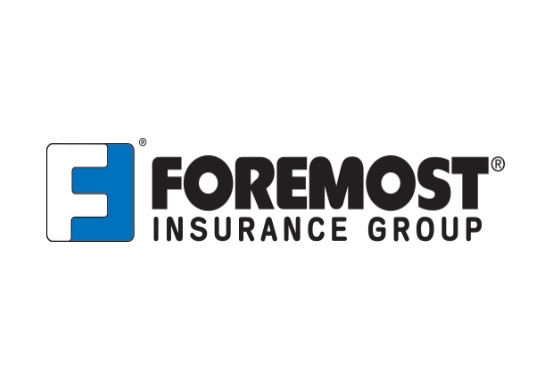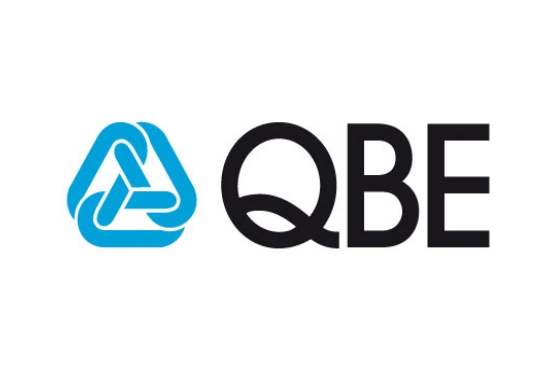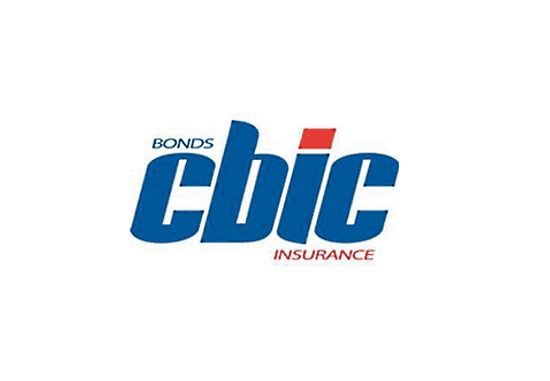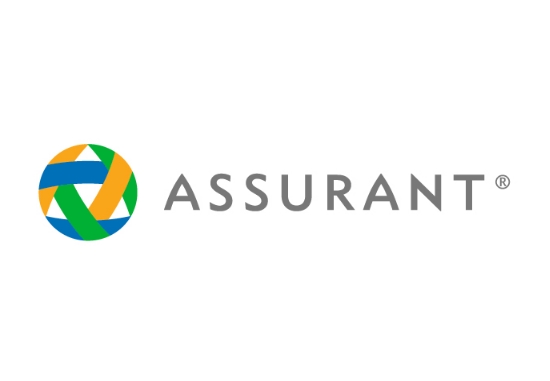Never overpay for insurance again!
We will search the top carriers for you for the best offer.
Get the Lowest Business Insurance Rates in the U.S.!
✅ Instant Quotes | ✅ Guaranteed Savings | ✅ 100% Free
Defect Liability Period vs. Warranty: Understanding the Differences and Their Importance in Construction Contracts
Why settle for one option when we compare nearly 100 carriers for you? Find your best rate today!
When dealing with construction projects, contracts, and product guarantees, two important terms often come up: Defect Liability Period (DLP) and Warranty. While they may seem similar, they serve different purposes and have distinct legal and contractual implications. Understanding these differences can help both contractors and clients manage expectations and responsibilities effectively.
What Is a Defect Liability Period (DLP)?
A Defect Liability Period is a specific timeframe after the completion of a project during which the contractor is responsible for repairing defects that arise due to poor workmanship or substandard materials.
Duration: Typically lasts between 6 to 12 months, depending on the terms specified in the contract.
Scope of Coverage: Covers workmanship and material-related defects. It does not include damages caused by external factors, misuse, or normal wear and tear.
Contractual Obligation: The contractor is required to fix defects at no extra cost to the client within this period.
Retention Sum: Clients often withhold a portion of the contract payment until the DLP ends to ensure that defects are addressed promptly.
What Is a Warranty?
A Warranty is a commitment made by a contractor, manufacturer, or supplier to guarantee the quality and durability of materials, equipment, or construction work for a specified period.
Duration: Varies widely; can range from one year to several decades, depending on the nature of the materials or equipment.
Scope of Coverage: Covers product defects, material failure, and sometimes workmanship (if included in the warranty agreement).
Legal Obligation: Unlike a DLP, warranties are often provided by third-party manufacturers rather than contractors.
Replacement or Repair: Warranties may cover full replacement, repair, or maintenance depending on the terms outlined by the manufacturer or contractor.
Key Differences Between DLP and Warranty
| Feature | Defect Liability Period (DLP) | Warranty |
|---|---|---|
| Who Provides It? | Contractor | Manufacturer/Supplier/Contractor |
| Coverage Focus | Workmanship & construction defects | Material or product defects |
| Typical Duration | 6-12 months | 1+ years (varies) |
| Cost Responsibility | Contractor bears the cost | Manufacturer or supplier, sometimes shared with buyer |
| Purpose | Ensures proper workmanship | Guarantees product/material performance |
| Legal Requirement? | Part of construction contracts | Depends on industry and product |
How to Ensure Proper Coverage
To protect your interests in a construction project, consider the following:
Review contract terms carefully before signing to understand the length and coverage of the DLP.
Check warranty details on materials, fixtures, and equipment to know what is covered and for how long.
Document any defects that arise during the DLP and report them promptly.
Keep warranty certificates and proof of purchase for long-term reference.
The Defect Liability Period and Warranty serve different but equally important functions in ensuring the quality and longevity of construction projects. While the DLP holds contractors accountable for short-term defects, warranties provide long-term assurances about materials and products used in the project. Understanding both concepts can help clients and contractors navigate responsibilities effectively and avoid future disputes.
- Construction Defects Insurance
- Contractor’s All Risk Insurance (CAR Insurance)
- Warranty Insurance
- Professional Liability Insurance
Your best insurance deal is just one step away. Fill out the form now and see how much you can save!
Note: This article is for informational purposes only and does not constitute professional advice. Always consult with a qualified insurance advisor before making any decisions regarding insurance coverage.
Related Posts
Get a Right Insurance For You
SHARE THIS ARTICLE
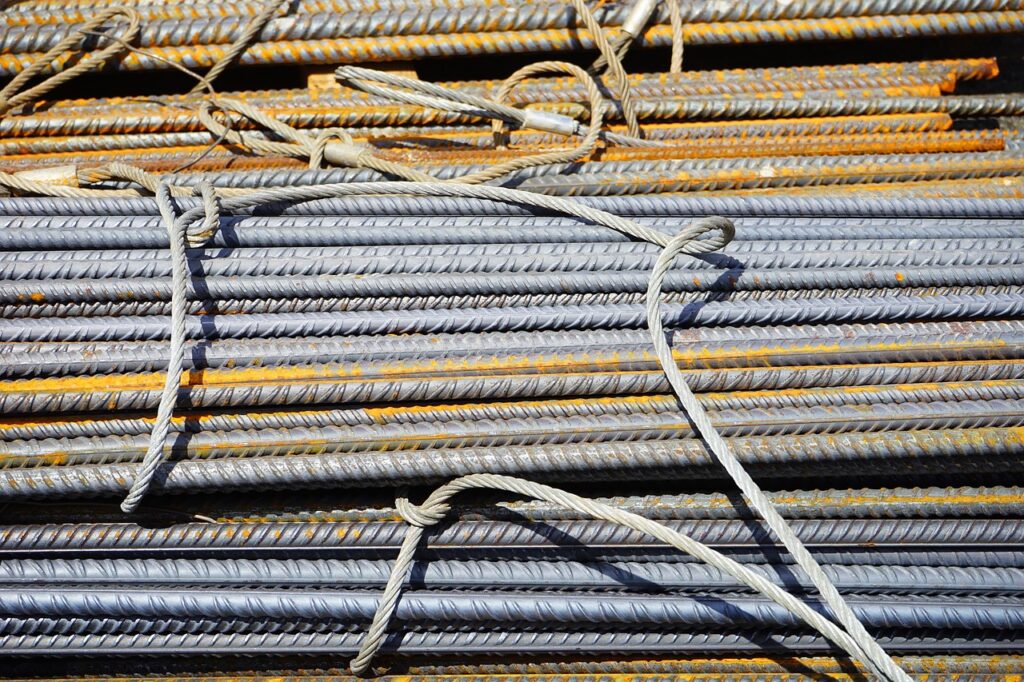
Construction Defects Insurance
We will compare quotes from trusted carriers for you and provide you with the best offer.
Protecting your future with us
Whatever your needs, give us a call, have you been told you can’t insure your risk, been turned down, or simply unhappy with your current insurance? Since 1995 we’ve been providing coverage to our customers, and helping people across United States.

